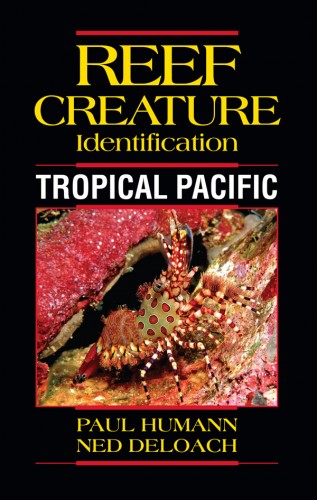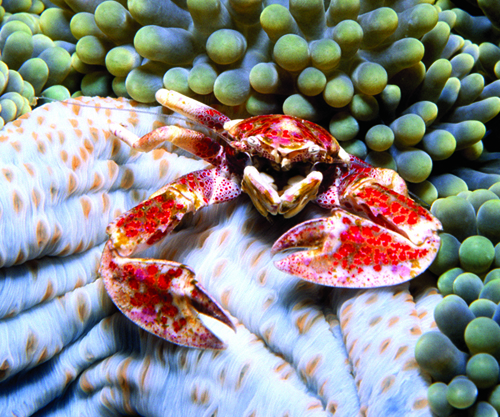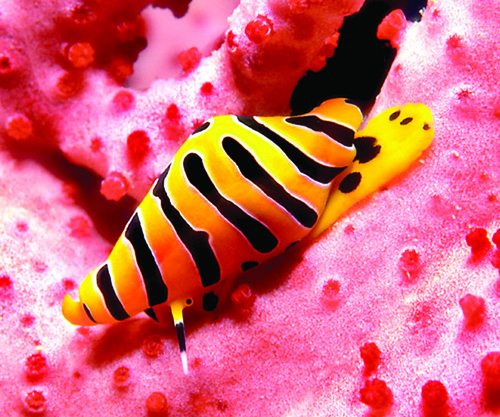Review of Reef Creature Identification: Tropical Pacific

The latest in the Reef Identification series focuses on the weird, wonderful and just plain unknown inhabitants of the reefs in a vast area from Tahiti to Thailand. Many photographers will be already familiar with this series, and indeed, the Reef fish identification companion volume to this book has been around for some time. In many ways the 7-year gap between the two publications illustrates much of what this new book is about. The sheer volume and quality of information presented is quite frankly amazing.

The book is in the familiar format, but at 500 pages, definitely is the most comprehensive to date. The book opens with a broad species key, to enable the reader to narrow down his or her search within the content. Then 1600 marine invertebrates are described, illustrated and cataloged with over 2000 photos helping to do so. In a departure from the preceding books, the last 30 pages are devoted to an illustrated behavior section covering subjects like symbiosis, reproduction and predation in the species described.
This book signals the authors’ adoption of digital technology. Whilst much of the photography in the earlier volumes has been superb, the ability to check images underwater and correct as required is reflected in the overall quality of pictures in this book. Quite apart from the practical value of the images for species identification, the book also manages to be a visual feast. I have shown the book to numerous people, with varying connections to the underwater world, and the reaction from all of them has been amazement at the variety and beauty of the subjects.

The level of scientific input is also worth noting, with 43 researchers receiving credit. Despite this level of expert support, the number of species labeled as undetermined is a surprise. The authors relate this to the use of the new tools of digital photography making cataloging easier, but also emphasize how little is actually known about invertebrate life. This is compounded by the pressing need to understand the marine world, before it is damaged irrevocably. This book will hopefully serve to spark a desire among us all to catalog and share the things we see underwater, to better inventory the seas inhabitants. Certainly, there is plenty of inspiration within its pages. To quote the authors:
“….marine conservation groups around the world are beginning to make significant strides formulating management practices long neglected. But it is difficult to manage something you don’t understand. And how do you understand the nature of an animal, much less the complex ecosystem it inhabits, if you are unfamiliar with population dynamics. Those who care about the ocean’s future should support marine conservation programs and their teams of biologists, environmentalists and volunteers who seek to catalog the sea.”

Who should buy this book? Well, it preaches to a broad church. The book provides information relevant to the marine researcher, scientist or naturalist. However this is only the tip of the iceberg. The beauty of the images will make it appeal to the underwater creative, and to the vast family of people who venture underwater. Although aimed at a specific region, I found myself reaching for the book when seeking identifications of species from outside of the geographic confines specified. Given the commonality of many species between regions, often they were listed. So to summarize, if you are interested in marine life, you should add this book to your reference library.
Reef Creature Identification: Tropical Pacific is available now as a limited signed edition from Fishid.com. The book is due to be launched on Monday 25 October in Asia, and at DEMA on 17 November is the US.
